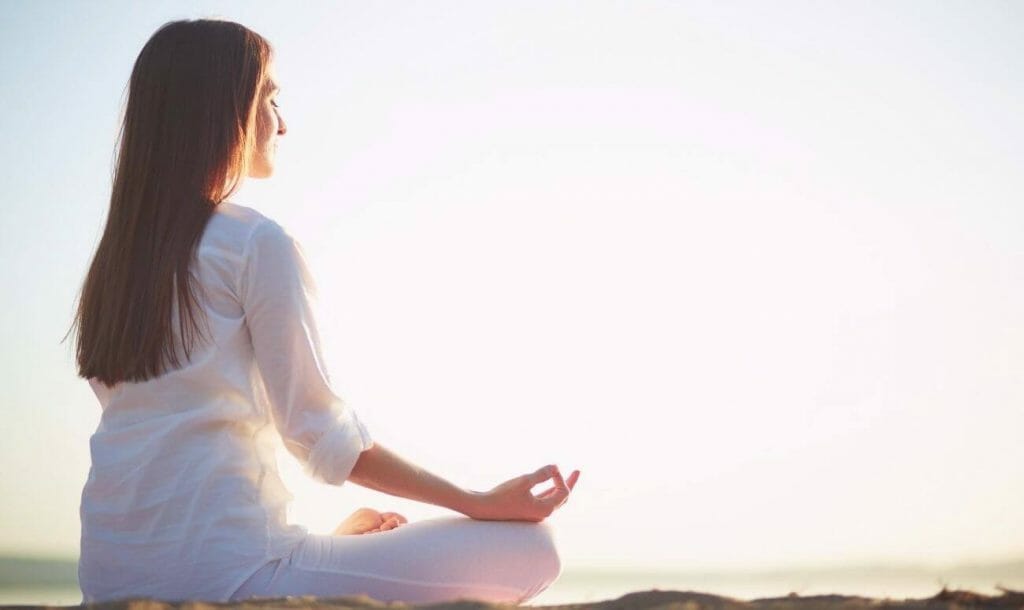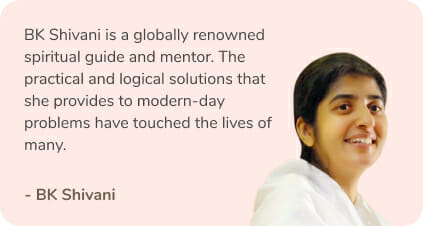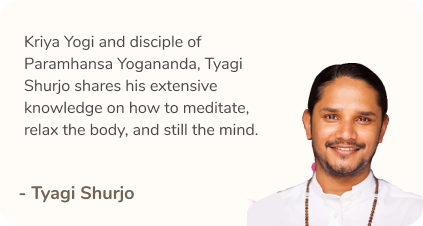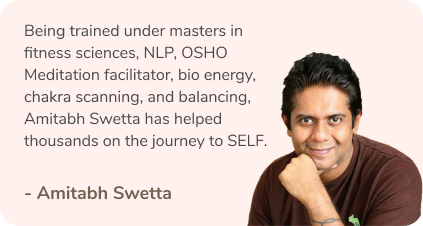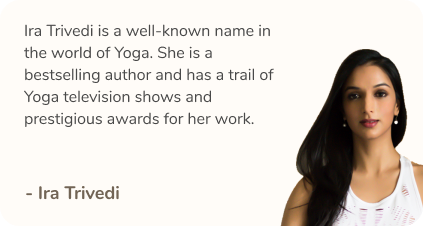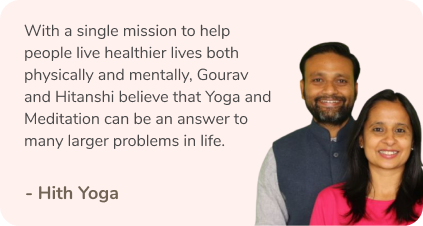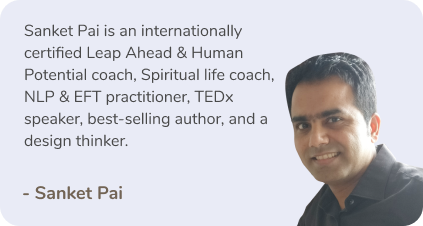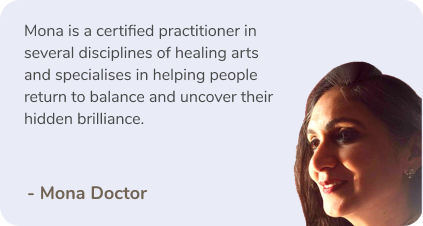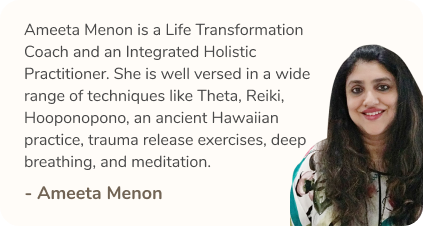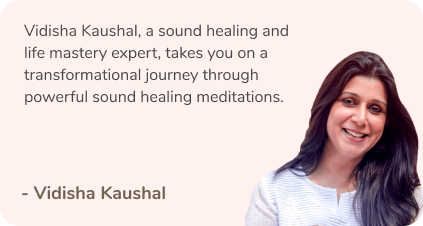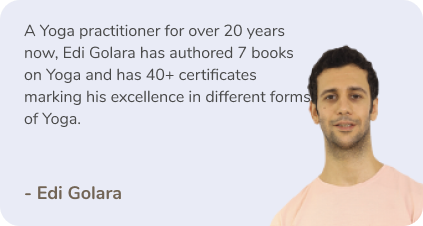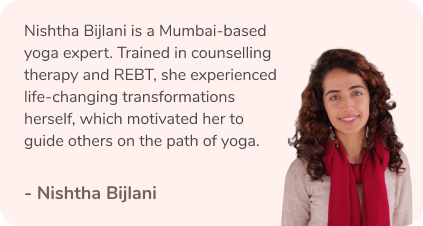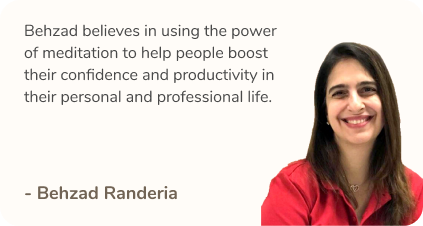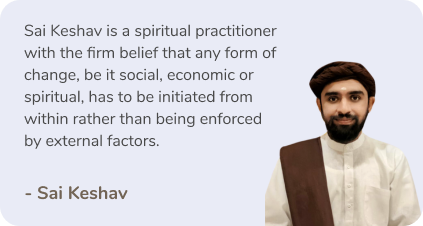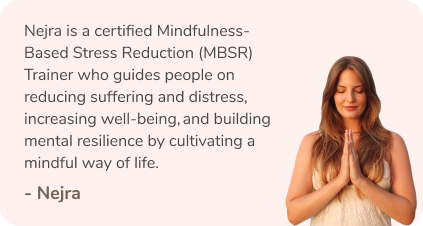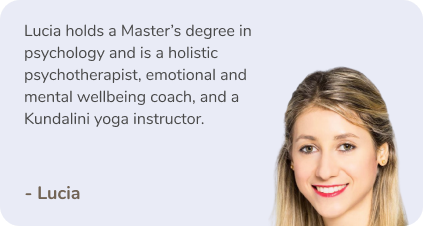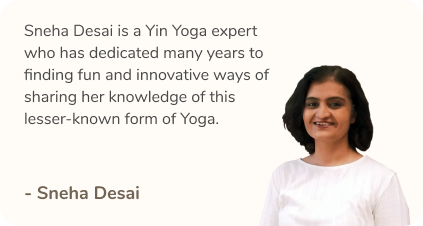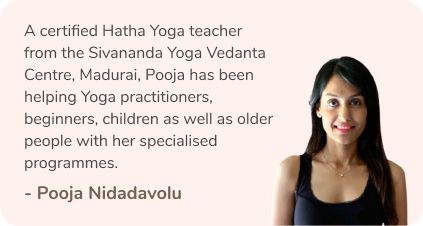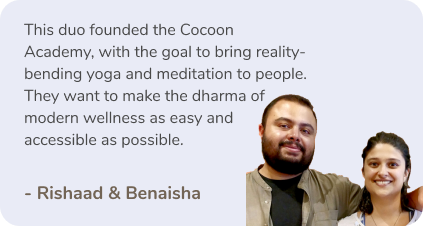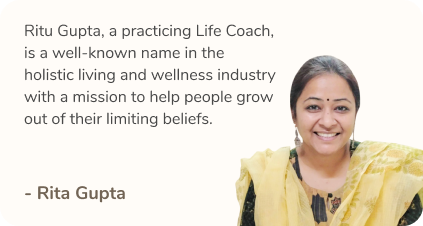Defined as an ancient wellness technique that propels a heightened state of awareness and focused attention, meditation is about training the mind and achieving a healthier perspective towards life.
Stemming from ‘meditatum’, a Latin term which means ‘to ponder’, meditation can help us seek a better connection with our body and create a higher awareness for our emotions and behaviours. Instead of looking at it as a way of turning off your negative thoughts and feelings, consider it an observation of emotions without indulging in judgement.
Research has proven meditation to be helpful for stress and anxiety as well as focus, concentration and relaxation. The good news is everyone can do it, but before we get into the how, let’s learn where it came from and why it’s so crucial for our wellbeing.
Let’s look at the history of meditation
Historians believe that meditation was practised as early as 3000 BCE but the first-ever records show meditation in Vedantism, a Hindu tradition dating back to 1500 BCE. Dhyana or Jhana is referred to as the practice of training the mind in these Indian texts.
In other parts of the world, early texts dating back to the 3rd and 6th century BC link meditation to the Daoist, Laozi, an ancient Chinese philosopher. Many of the terms used in later years are mentioned in these texts; such as Shou Zhong which means guarding the middle, Bao Yi which means embracing the one, Shou Jing which means guarding tranquillity and Bao Pu which means embracing simplicity.
However, some argue that these terms and techniques were already in use when the text was written. Other writings describing meditative techniques include the Zhuangzi from the late Warring States period (476-221 BC) and the Neiye from the 4th century BC.
Where do the roots of meditation lie?
To understand meditation, we need to take a look at its origin and roots which go way back. Learning about the roots of the practice can help us get a deeper understanding and realise how broad the technique is.
The earliest documented images date back to 5000 to 35000 BCE, India depicting people sitting in a meditative position with their eyes partially closed. The oldest text of meditation, the Vedas describe meditative practices but it is believed that the knowledge was previously passed down orally through storytelling. Along with the Vedic practice, Hindu traditions also depict Yogis meditation in the caves.
Meditation is also closely associated with Buddhism, referring to the practice as Bhavana which means mental development or Dhyana which means mental calmness. While Buddhism was developing, there were three other practices growing around the world with their own approach towards meditation.
- Tirthankara Mahavira brought the revival of Jainism in India by bringing forth the spiritual and ethical teachings of the Tirthankaras from the pre-Vedic era. In Jainism, there’s a strong emphasis on self-discipline and non-violence as well as meditative techniques like mantras, visualisations and breathwork.
- Lao Tze developed Taoism, the art of becoming one with Tao, which means ‘cosmic life’ or nature. Taoism focuses on meditative practices such as mindfulness, contemplation and visualisation.
- Confucius was a Chinese teacher, politician and philosopher who wrote the philosophy of Confucianism in the 6th century BCE. Placing emphasis on personal growth, morality and social justice, the philosophy focuses on meditation through self-improvement and contemplation.
In other cultures, we come across Sufism, an ancient Islamic tradition where Muslims seek a connection with Allah or God through self-reflection and inner work. They developed particular meditative practices that overlap with India such as a strong focus on breathing and the use of mantras. A few other descriptions of meditation practices were found in the Torah, the first part of the Jewish bible.
Why do you need to practice mindful meditation?
Like exercising a muscle, meditation is a skill you learn to exercise your mind. It’s called a practice for a reason. By consistently working on your breath and your mind, you can enjoy the journey rather than worrying about the destination.
Research has proven meditation to be both psychologically and physiologically beneficial. A few of the physiological benefits include a lowered state of physical arousal, reduced breath rate, decreased heart rate and lowered stress.
On the other hand, a few of the positive psychological and health effects feature better management of anxiety, depression, sleep disorders, high blood pressure, increased self-awareness, improved immunity, changes in attention and mindfulness, improved memory, focus and intelligence, and greater empathy for yourself and others.
Our 5-minute meditation series is the perfect place for you to get started.
If these above benefits are not enough, meditation can also work its magic on your emotional wellbeing. As we explained, meditation initiates a heightened state of awareness. But one of the most profound advantages of meditation is it can make us more capable of coping with negative emotions and how we react to them.
While the work may feel outward, inside, our brain is being rewired towards a positive change of perspective and mindset. Studies have shown that meditation reduces negative neurological connections to the prefrontal cortex, decreasing behaviours like fear, stress and anxiety while simultaneously building new connections to the parts of the brain that heighten focus and decision-making.
When we train our minds to be more aware of our present moment, we teach ourselves to be more mindful of our emotions, our reactions, and our behaviours. We are able to distance ourselves from the negative thoughts and feelings and tackle any situation in a calmer manner.
If you would like to cultivate the habit of meditating every day, learn from our in-house expert B.K. Shivani below.
Read more: Can Rental Be Sustainable? Rent N Flaunt Founder Sakshi Goel Tells Us How
Like & Follow ThinkRight.me on Facebook, Instagram, Twitter, and Telegram to stay connected.
